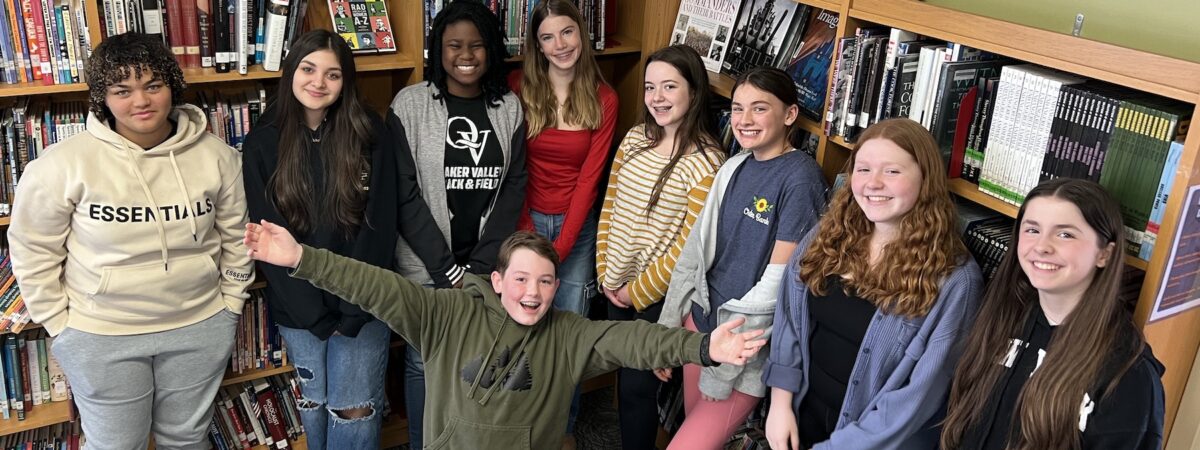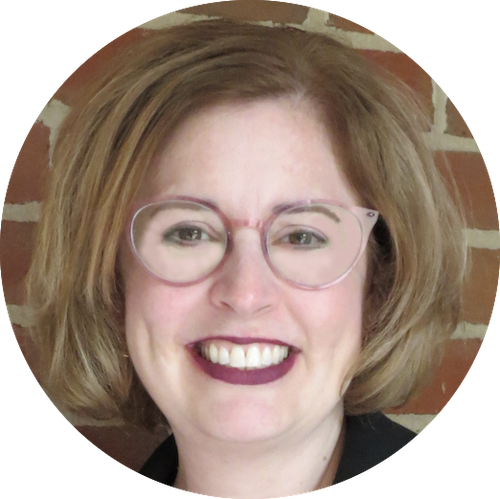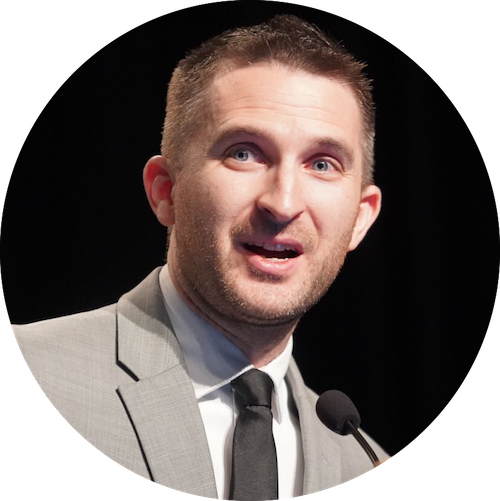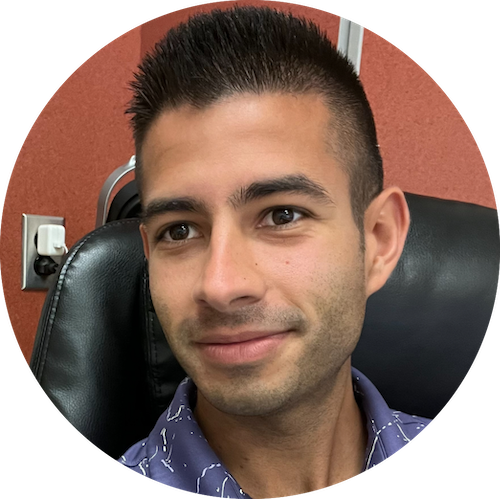
Three Digital Promise League of Innovative Schools districts—Fox Chapel Area School District (Pennsylvania), Greenfield Union School District (California), and Quaker Valley School District (Pennsylvania)—share a roadmap for how other districts can center student voice and engage learners in empowering ways.
At Fox Chapel Area School District, student voices have long been shaping district decisions. “We purposefully curate student experience in a way that is productive and future-focused,” said Mary Catherine Reljac, superintendent of the district. “[We] involve voices from lots of different groups, including the students themselves—it’s their school, it’s their experience. Their ideas are important and their voice is important.”

Mary Catherine Reljac, Superintendent, Fox Chapel Area School District (Pennsylvania)
Administrators use numerous channels to seek student input on programs and policies that affect their learning. Students can join focus groups and leadership councils, work collaboratively across student government groups, sit on district-level planning committees, provide feedback on required state reports, and more. Reljac also hosts a superintendent cabinet, where she meets regularly with middle and high school students nominated by their principals to connect with students and get their feedback.
“When you make yourself available to students and it’s authentic, they…begin to understand that you actually care. Then, they’re more willing to reach out to you,” said Reljac.
It’s also just as important to make sure that all other adults in their lives also understand the value of taking student voice and engagement seriously.
“You need to…make sure everyone else understands what you are trying to do, and that includes other administrators in the district, educators, parents, your school board, and school committees. You need to make sure everyone is clear that this is a valued voice and why,” she added.
When you can all work together to consistently structure authentic opportunities for students to use their voices and lead, Reljac reflected, “It doesn’t take long for the idea to take root and become something really beautiful.”
That’s why Reljac is particularly thankful that her students are able to be a part of Digital Promise’s League of Innovative Students. “Our students gained so much from that experience of finding peers across the country to design ideas and research together. It really taught them to grow as scholars and advocates,” she said. “Our students spoke so highly of their experience. I look at my role as superintendent to be involved in organizations that help us as a school district to meet our purpose, passion, care, and community, but also open up doors for our students, our staff, our administrators, to grow.”
Across Quaker Valley School District, students are active creators and participants of technology and media, not just passive consumers.

Brett Slezak, Director of Innovation, Quaker Valley School District (Pennsylvania)
“As a district, we are focused on integrating student voice and choice through technology,” he said. For Brett Slezak, director of innovation, this
involves asking educators to be intentional about unlocking these critical connections: “How do you use technology to bolster the voices and choices in your classroom? How do you give kids different options to achieve the same goal? How are you helping them use technology as active…learners and creators?”
At a site visit to a neighboring school a few years back, Kieran Vora, technology integration specialist, saw a high school program that exemplified these values and wanted to see if he could create a similar experience for his middle schoolers.
“I wanted to create a space for my students to focus on leadership and the future skills that they are going to be using in the workplace, in addition to technology skills,” Vora said.

Kieran Vora, Technology Integration Specialist, Quaker Valley School District (Pennsylvania)
As a result, QTech was born, a student-driven program made up of a team of innovative middle schoolers dedicated to enhancing the learning environment of their school. They focus on using technology as a powerful tool to bring their ideas to life and work together to strategize, plan, and execute their ideas, which include tech and media events, blogs, newsletters, websites, podcasts, messaging for school televisions, and trainings for students and teachers.
For example, they’ve led learning sessions during teachers’ professional development days on how to integrate technological tools into their classrooms, like iMovie or a green screen.
“This signals that we actually value what [students] say,” Slezak said. When students can tell you are authentically listening to their input and seriously implementing their good ideas, it motivates them to learn and engage.”
For Dr. Zandra Jo Galvan, superintendent of Greenfield Union School District, the drive for making sure that students are able to develop and use their voice is personal. Despite stellar academics and being an active leader as a child, she was left out of pivotal educational opportunities. That’s why Galvan doesn’t want any student in her district—the majority of whom live below the poverty line—to be overlooked or treated differently based on assumptions about their economic circumstances, where they grow up, or what they look like. “I’m now in a position to rewrite the narrative and make sure that all kids are able to advocate for themselves, share their voice, and say what they want to do with their lives.”
Galvan meets monthly with her student advisory council, a cross-section of about 20 students, to discuss pressing issues that impact their schools

Zandra Jo Galván, Superintendent, Greenfield Union School District (California)
and their lives. Galvan sees the value of these meetings as two-fold: they keep her grounded in the work and connected to the communities under her care, and they teach budding leaders critical life skills, like how to use their voices to advocate for things they care about and how to collaborate with others to solve complex problems.
At every meeting, students have a “pitch fest” where they present a problem and propose a potential way to address it. Together, they then co-create a plan to put this idea into action. The students lead the research, strategy, and execution of their solutions with support from educators.
“It’s incredibly empowering for students to be able to say, ‘I could be a driver of what I want to learn and a solution-seeker to things that I see are problematic in this world,’” Galvan shared.
Students that are part of the district’s leadership council also take trips to Google and Apple, where they meet engineers and computer scientists who look like them and see how tech products are made. Galvan considers it her moral imperative and responsibility to provide her students with necessary skills and opportunities so that if they wanted to apply to a big tech company, they could get in. “Our kids are 90-95% students in poverty, but 100% brilliant, brave, bold kids that can do anything with their lives.”
Do you want to learn more about ways to promote student voice and engagement in your district? Learn how districts across the League of Innovative Schools are elevating student voice and leadership through the League of Innovative Students.